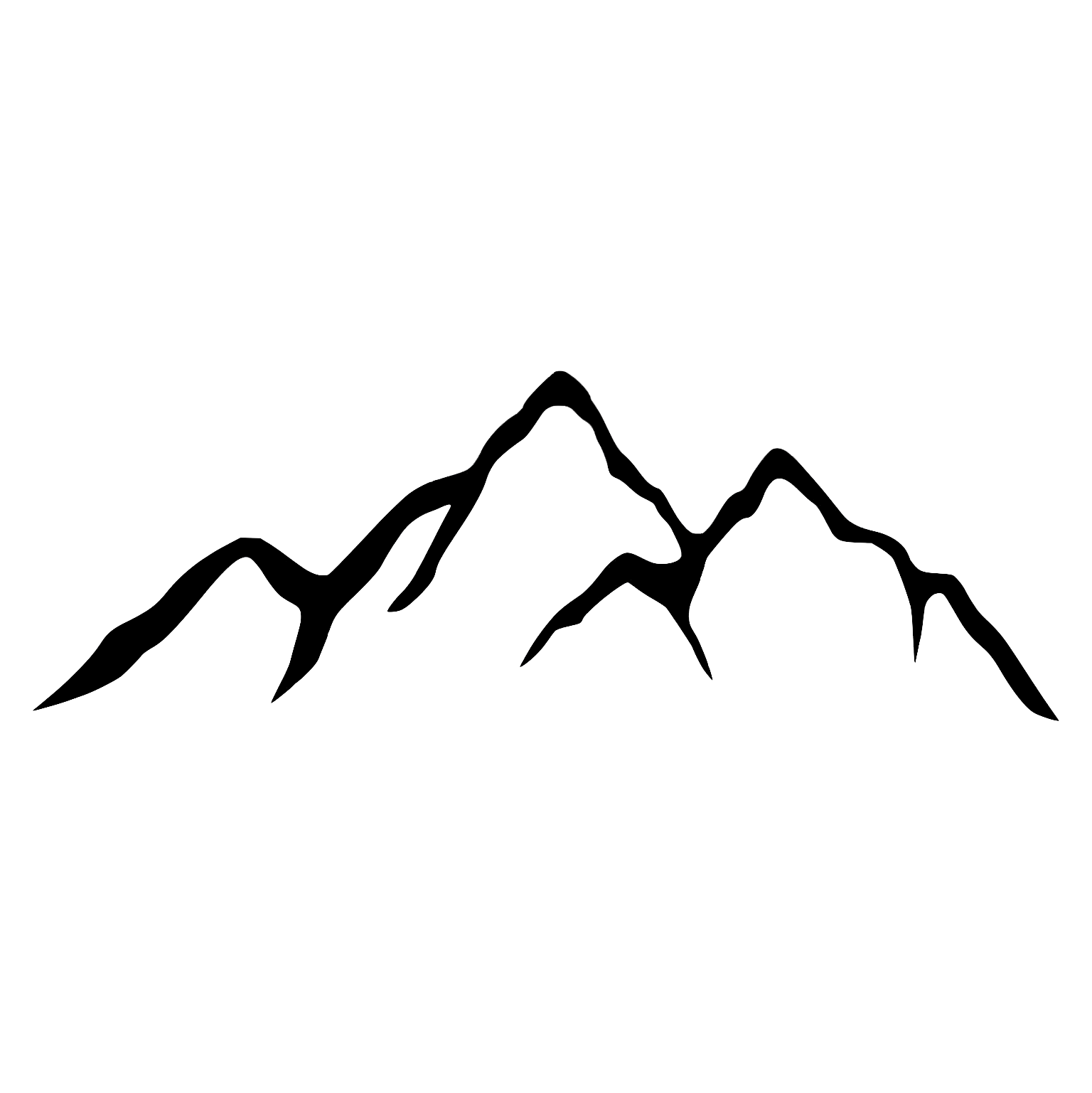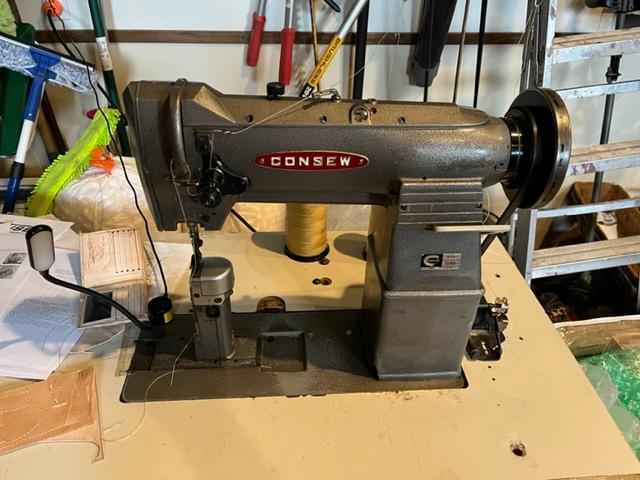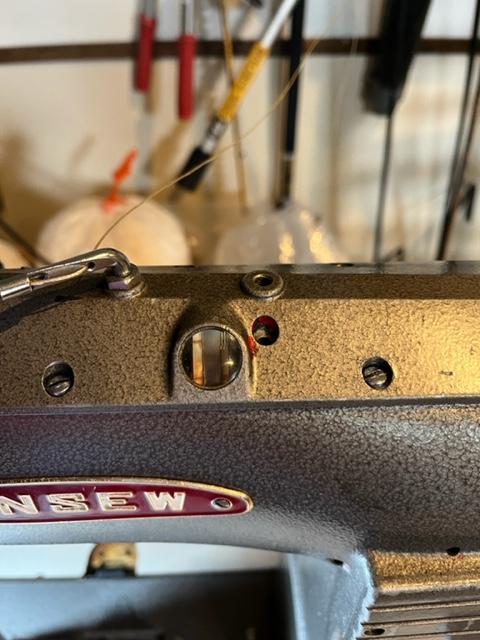
PeterinID
-
Content Count
23 -
Joined
-
Last visited
Posts posted by PeterinID
-
-
On 3/13/2024 at 5:52 PM, DieselTech said:Guys & gals I have finally saved up enough money for a Cobra Class 4 & ordered 1 Tuesday.
Also ordered Patrick1 accessories just in case they are needed.
I will be using 277 thread top & bottom most of the time. My question is: Does anybody have photos of sewing samples with the different leather point needles? Like the D, S, & LR needle points in a #25needle.
Also does anyone recommend any wear items/parts or additional accessories, I would like to hear about them.
I have been reading & watching lots of videos on that machine. Do any of you guys & gals reccomend any. I'll take any advice given.
I am hoping if I run into a bind someone will be willing to help out.
Thanks.
Join the Cobra equipment tips and tricks Facebook group, great network for troubleshooting help.
Buy an angled tip oil bottle like this https://allstitch.com/products/deluxe-plastic-oiler-1711
Review The videos Leather Machine Company has as well as Al Banes YouTube videos. Especially learn all lubricating points, there are more than what has red paint markings - like the linkage inside the head.
Enjoy your machine
-
In addition to the transfer of energy while tooling a big reason that stone is preferred is due to the fact that iron staining can occur if you use a ferrous surface (it can also occur if you have iron dust on your hands frome sharpening knives). A stone surface eliminates this - unless it is iron containing stone. Granite is most common
-
Try squirting some thinner or acetone on the stuck threads then channel locks or toothed pipe wrench even. I keep a little container of vaseline on my gluing bench and use a qtip to apply it to the container and lid threads.
-
I don't think it will sew through either, not uniformly or reliably. I think you would snap needles and crack plastic. If you drilled holes that matched stitch length you might possibly get ok results.
-
I use 69 for interiors and 138 for sewing back to interior
-
After taking a course on skivers at the Pendelton Leather show. I switched from a stone wheel to a rubber one, I set the clearances pretty close and am able to skive many different tempers of light leather very thin.
-
You need to learn how to adjust the machine yourself. These machines are identical from manufacturer to manufacturer, the settings requires adjustments depending on thickness and type of leather and that is why you need to teach yourself how to do it. You also need to learn the sharpening procedure.
There are several good videos on machine adjustment, here are a few.
I took a class on the skiver at the Pendelton Leather show last year that was very useful.
-
I have this item and really like it. I was just using it to stitch belts with a 1/4" border and it tracked perfectly within the border.
-
I am certainly no expert but I know there have been advances in tanning techniques since 1886 that could easily alter the possible damaging results of splitting, present day leather cases differently that leather did 50 years ago (or so Jim Linnell told me in a class last year). When we buy hides of any particular weight they have been passed through splitters too.
-
I saw this on Esty the other day, similar to what luckystudio13 posted.
https://www.etsy.com/listing/1165256487/aluminum-cylinder-arm-extension-table
the guide attachments look nice
https://www.etsy.com/listing/1222743460/mini-topstitching-table
only $55
-
-
Vaughn's made me a great jacket from and elk hide I sent them. I salted the hide per their specifications, sent it to them, waited a while and they sent me the jacket.
-
PM sent
-
Message sent
-
Still for sale?
-
You could say that Sheridan style was born by the merging by Don King of the Arizona style that he learned from Showater, the Visalia style he picked up working in California and the pre-Sheridan style present in The Wyoming of his youth.
Of the main styles of carving Sheridan is arguably the newest arising from other older classic styles.
Part of the history goes to the prerefrigeration days when cattle was raised in the west for hides that were salted and shipped to Spain. Mexican and Spanish leatherwork was some of the best in the world for a couple of centuries.
-
I have the manual Wizcrafts posted, that Consew manual has an diagram image of a Seiko branded machine so I looked and found a manual for the Seiko PW-26 which the Consew appears to be a clone of. The Seiko manual provides more information on the two types - CW, LCW, my Consew is the LCW type but is also marked for CW type lubrication points. Neither manual contains instructions on my machines stitch length adjustment. I have a button close to the post that is depressed and while holding the button down the flywheel is turned until the button drops, then the flywheel is turned forward or reverse to increase or decrease stitch length.
When I push the reverse bar down on my machine the stitch length is almost zero.
I don't know what to do to - increase the reverse stitch length, increase feeder pressure or something else?
-
I just bought this machine for $500 from a guy who didn't really know how to use it. When I picked it up he had 277 thread incorrectly threaded through the machine and was using a size 23 needle. The bobbin thread was very loosely wound and his top tension was extremely loose. He said the machine was always tangling up, the reverse never worked and he didn't have time to tinker around with it. He was using thick saddle and tack leather. He had bought it used from a seller who tried using it to sew emblems on baseball caps.
I had time to tinker around with it, got it threaded correctly, switched to 207 thread top and bottom with a 24 needle and got it timed and sewing properly - in forward but not reverse.
In the process of getting this done I learned there were a few variants of the 289RB-1 which had differences in lubrication and stitch length adjustment. The manual I downloaded from Consew did not provide this information, I found it in a different manual I located and then subsequently lost the url for. The variation I have has a oil reservoir for lubrication as well as lubrication points marked with red paint. This model adjusts stitch length by removing a set screw, depressing a button on the baseplate and rotating the flywheel until the button drops and then rotating the flywheel forward or reverse to change length. This is trial and error, no visible numbers or other length calibration markers are present.
All in all I am satisfied with what I got for the money.
There are a couple of question that I am seeking advise on.
First, should I be using both the oil reservoir and marked oil points for lubrication?
Second, What should I try to get reverse to work properly? Right now it either does not reverse at all or the reverse stitch length is a fraction of the forward length.
-
I have a chamber vac, it's gauge reads MPa and I've found .08 MPa forms well while still letting me mold & model the leather. I think that is about 11mmHg. When I tried a little more (.1 MPa) there was no room to shape the leather further. The bag was sealed too tight and small wrinkles in the bag made impressions in the leather.




Cobra Class 4 Inbound
in Leather Sewing Machines
Posted · Report reply
I buy my thread and bobbins from Leather Machine Company or businesses that distribute LMC machines. For sheaths I would say any thread size 138 and larger is good. You should join the Facebook group "Tips and and Tricks with Cobra Class Leatherworking Machines" it is an excellent group for technical support issues and is endorsed by Leather Machine Company.